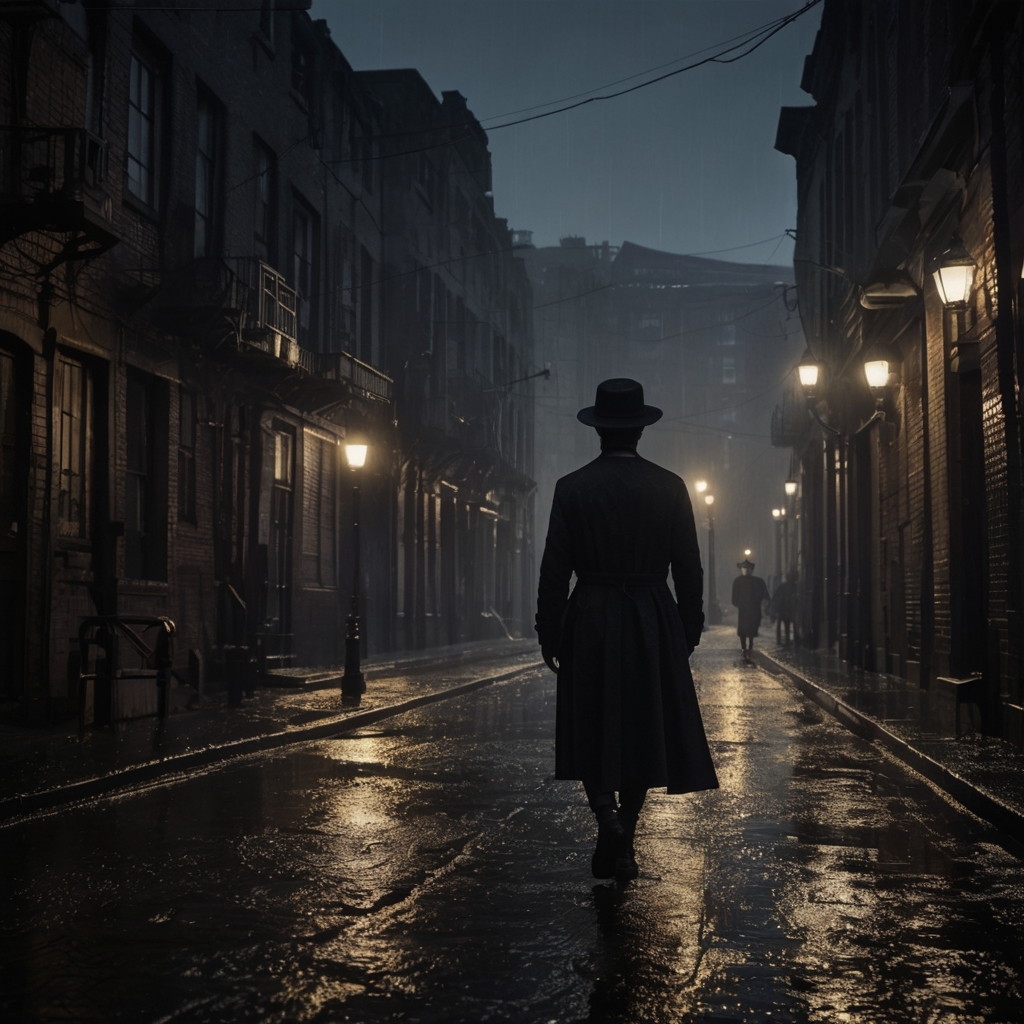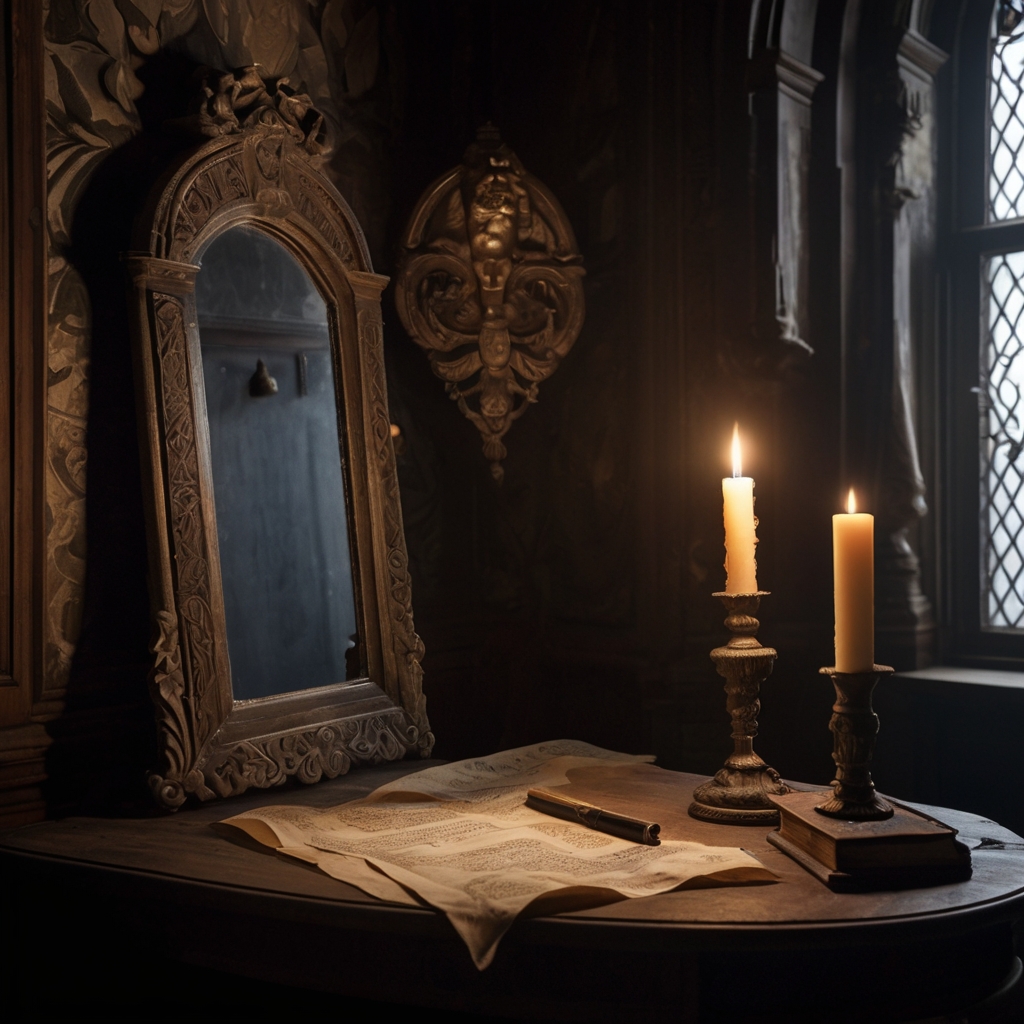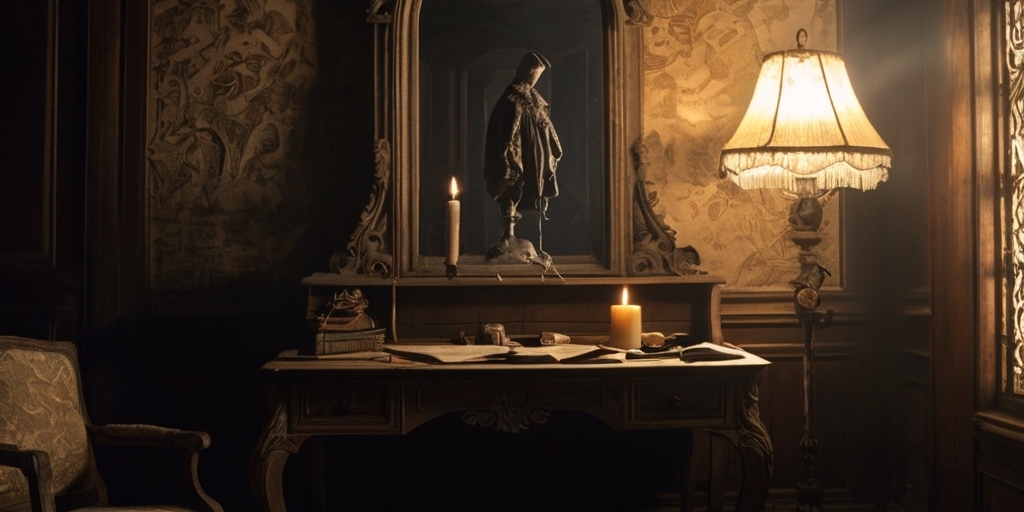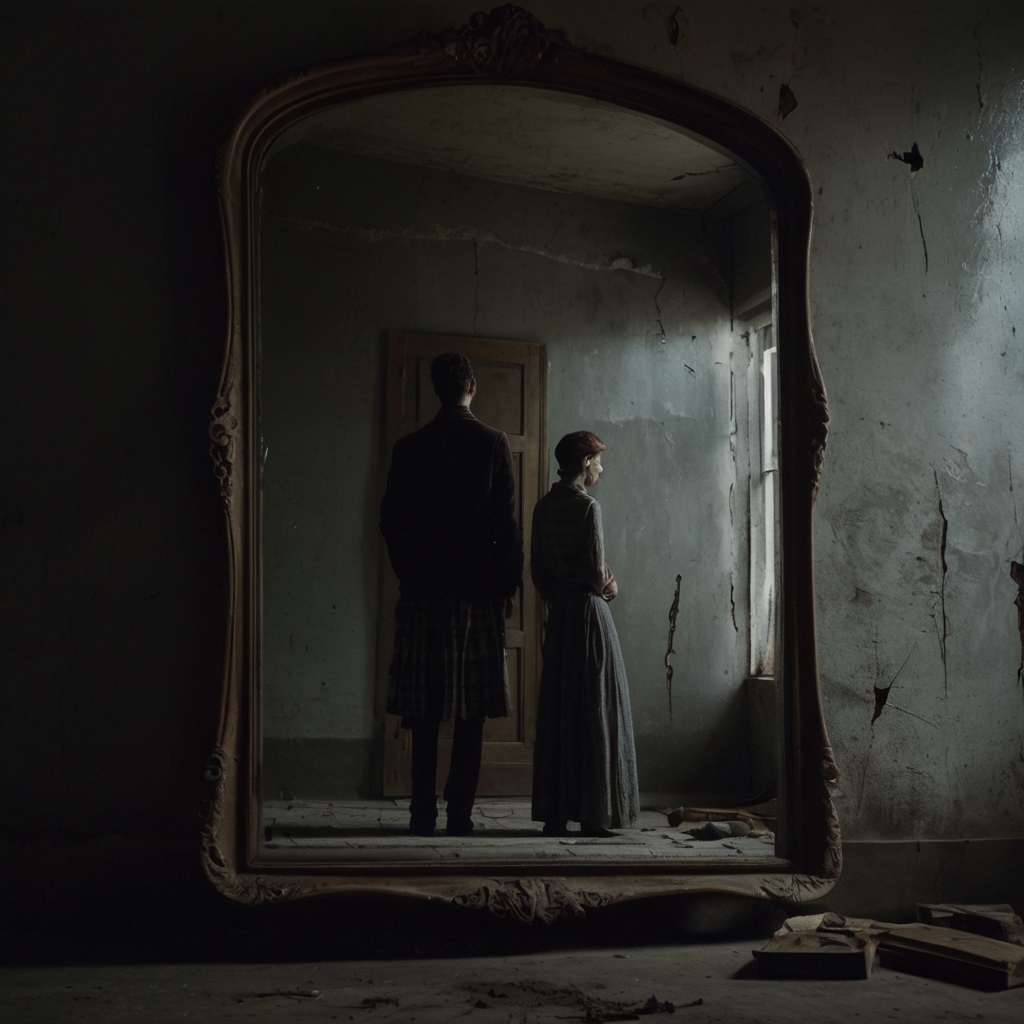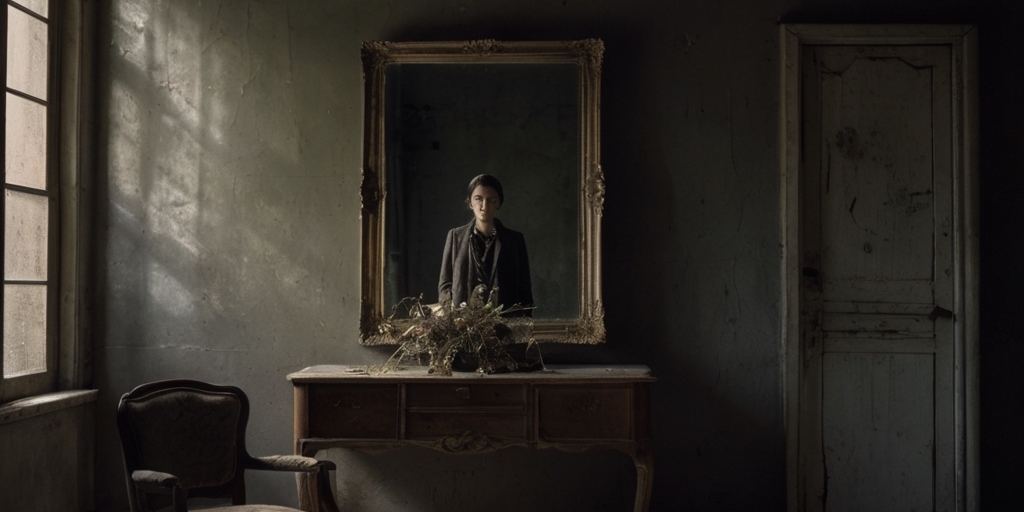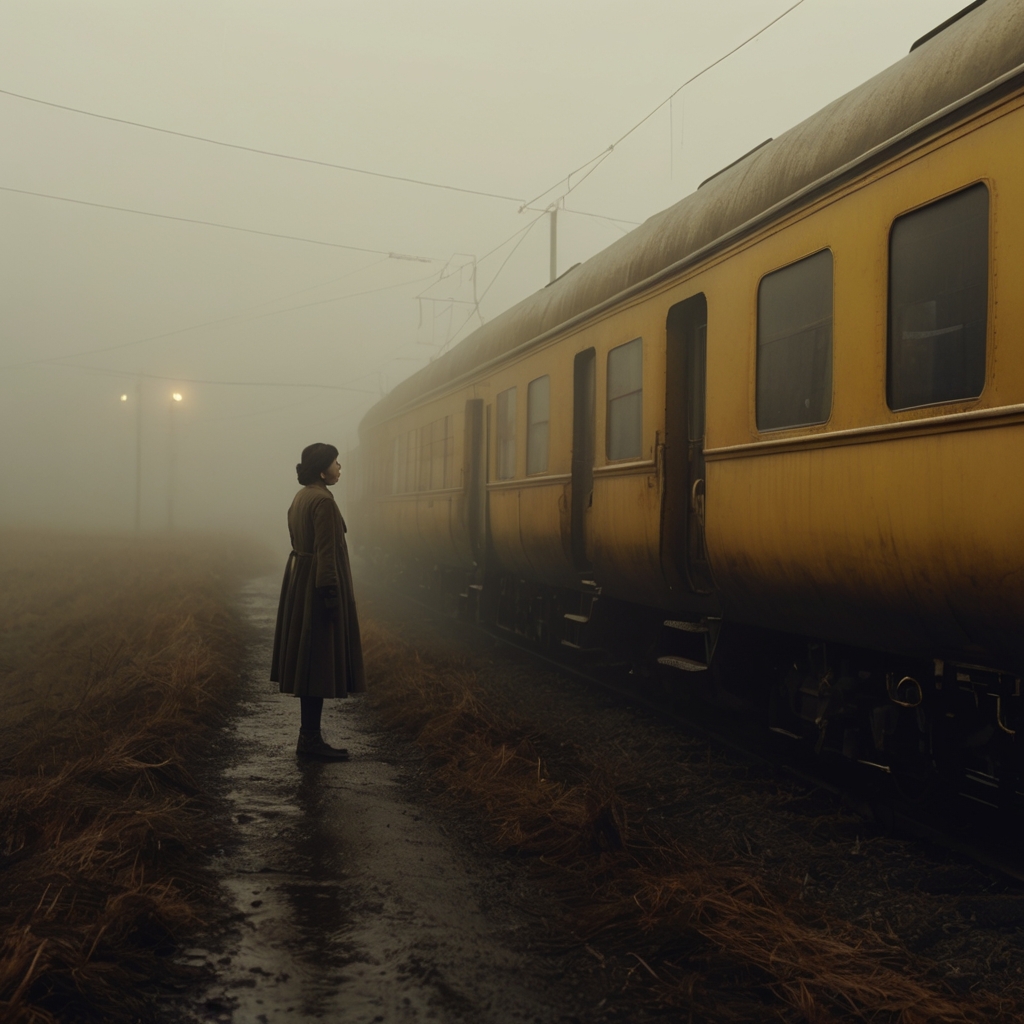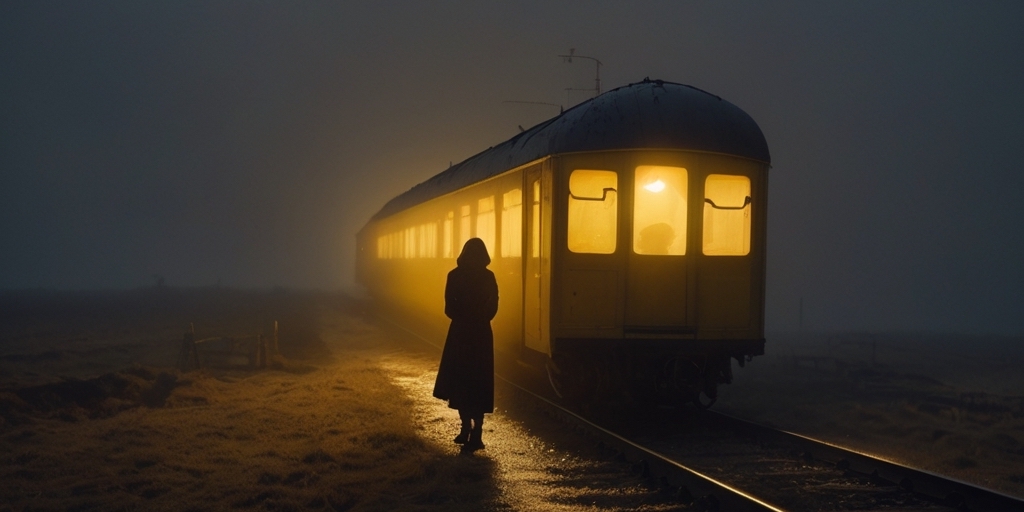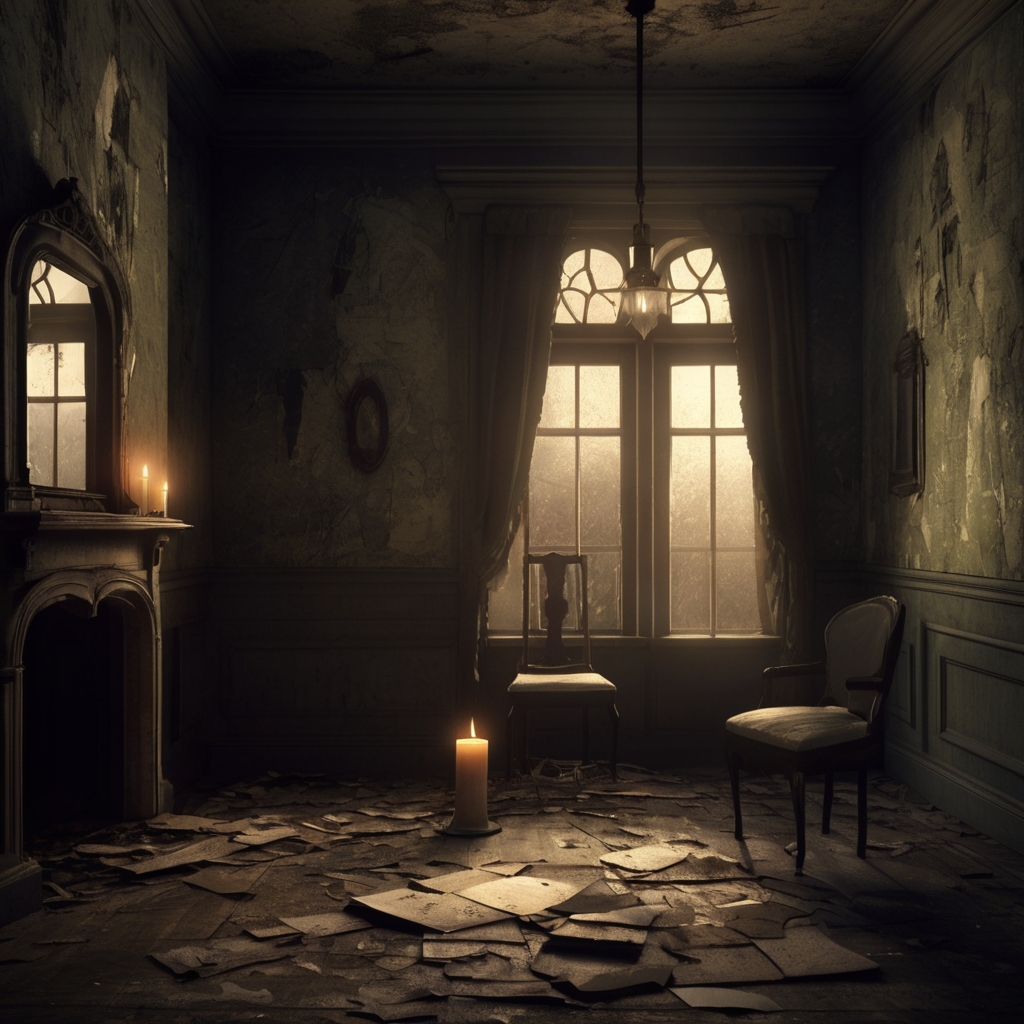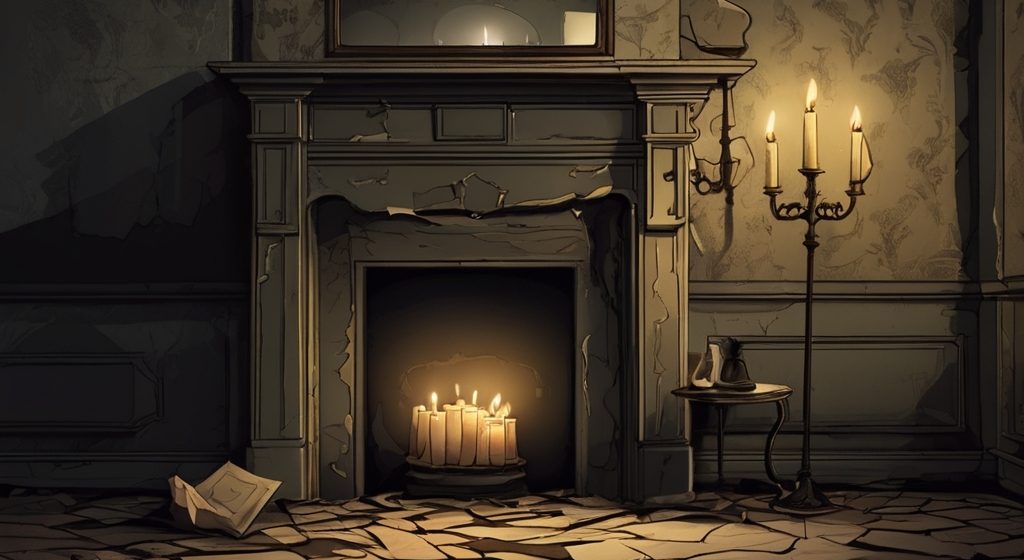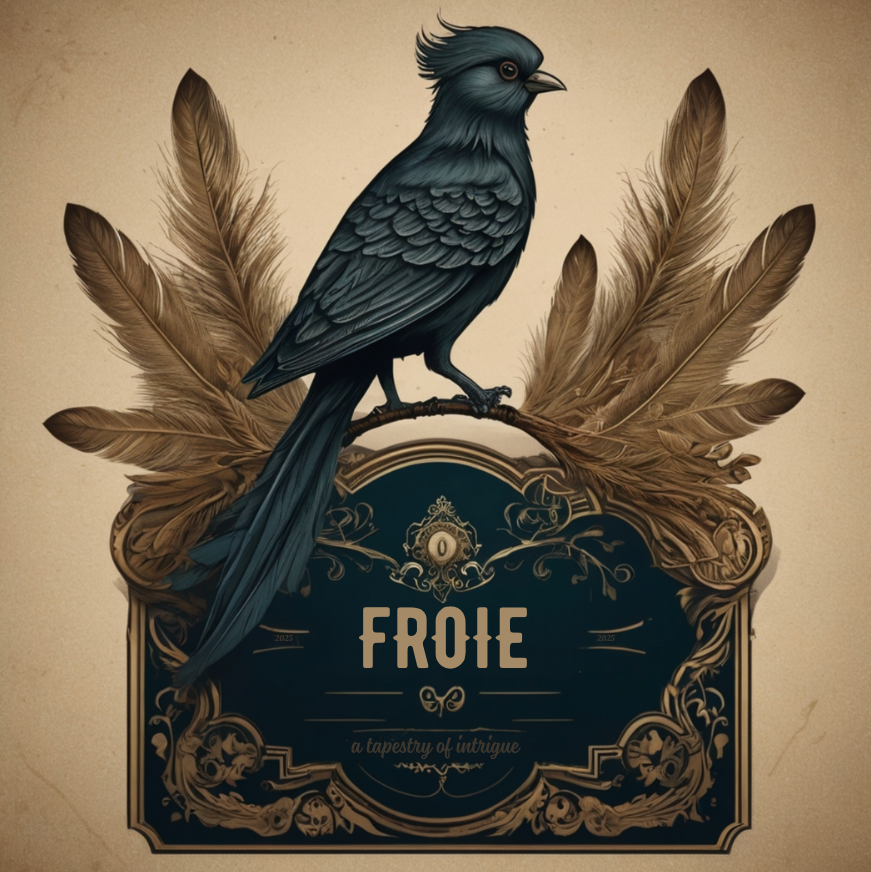What makes a villain? What defines a hero? The world is rarely black and white, and neither are the most compelling characters. Some walk the razor’s edge between virtue and vice, their choices dictated by necessity rather than morality. These are the characters who haunt us—the ones who do what must be done, regardless of the cost.
Stories with morally ambiguous characters explore the shifting landscape of right and wrong, where ethics bend to circumstance, and intentions are never as pure as they seem. They do not ask for admiration; they demand understanding. From the cunning antiheroes of gothic fiction to the calculating minds in psychological thrillers, these figures remind us that the human soul is a labyrinth of contradictions. This article will unearth the elements that make morally ambiguous characters unforgettable and explore how their complexity shapes the stories they inhabit.
The Allure of the Morally Ambiguous
Readers are drawn to flawed characters because they reflect something raw, something real. Perfection is predictable; imperfection is intoxicating. Whether it’s a detective who bends the law to serve justice, a protagonist whose vengeance is justified but brutal, or a charming manipulator who blurs the line between deception and survival, these characters force us to question our own moral compass.
Gillian Flynn’s Gone Girl presents us with Amy Dunne—a woman whose intelligence and ruthlessness make her both victim and villain. Her actions are monstrous, yet disturbingly understandable. Likewise, in Tana French’s The Likeness, the protagonist infiltrates a crime scene by assuming the identity of a murder victim, her deception raising questions about identity, truth, and justice.
Shades of Gray in Gothic Fiction
The gothic genre has long been a home for characters whose morality is as shifting as the mist that surrounds them. Daphne du Maurier’s Rebecca is driven by a protagonist who is neither wholly innocent nor entirely blameless. The enigmatic Maxim de Winter, whose past is steeped in secrets, is both protector and predator, his true nature revealed only in flickers of revelation.
In Edgar Allan Poe’s The Cask of Amontillado, revenge is carried out with chilling precision. The narrator, Montresor, feels entirely justified in his crime, yet the reader is left to determine whether his victim truly deserved his fate. Poe never tells us outright—he merely guides us down a dark corridor and lets us decide what we see.
The Psychology of the Antihero
To craft a compelling morally ambiguous character, one must understand the psychology of the antihero. These figures are often shaped by trauma, circumstance, or a deep-set belief that their actions, however questionable, are necessary. Unlike traditional villains, they do not revel in chaos—they navigate it, making decisions in a world where conventional morality no longer applies.
Neil Gaiman’s American Gods introduces us to Shadow Moon, a man caught between forces beyond his control, constantly making choices that defy easy categorization. Even Jorge Luis Borges, in his intricate labyrinths of fiction, presents characters whose morality is tied to fate, perception, and an ever-changing reality.
The Unsettling Beauty of Consequence
Every morally ambiguous character must face consequence. Whether it’s redemption, ruin, or something in between, their choices ripple through the story, shaping not only their fate but that of those around them.
Silvia Moreno-Garcia’s Mexican Gothic gives us Noemí Taboada, a heroine who must navigate both supernatural horror and the ethical dilemmas within a decaying aristocracy. Similarly, Haruki Murakami’s characters often make quiet, unsettling choices that lead them down paths they cannot turn back from.
To write these characters effectively, consider their internal struggles. What drives them? What lines will they cross? What will they never admit to themselves? Their power lies not just in what they do, but in the silence between their actions.
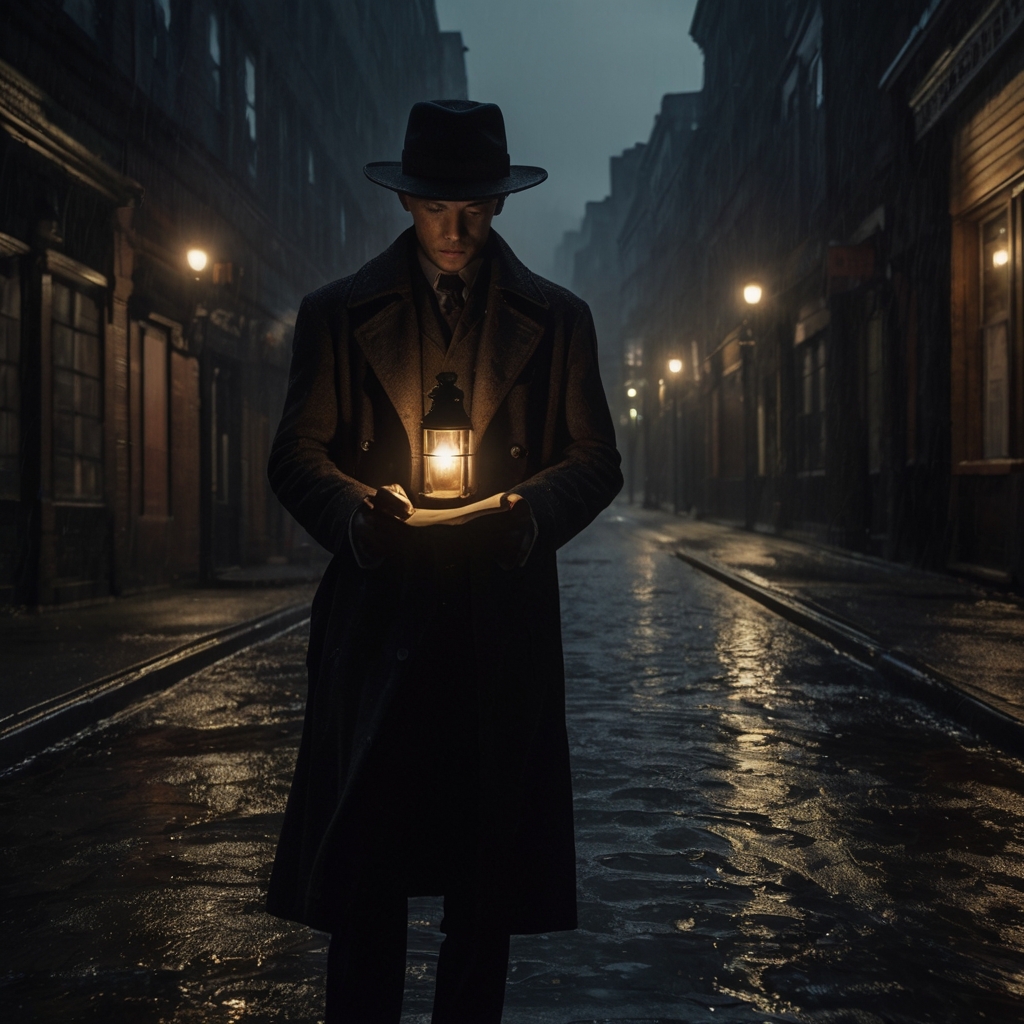
The Bargain
The rain had not stopped for three days. It fell in silver sheets, drumming against the cobblestone streets, washing away the scent of guilt and regret.
Elias waited beneath the flickering lamplight, his coat pulled tight, his fingers wrapped around the envelope. Across from him stood Madame Voltaire, a woman whose presence carried the weight of unsaid things.
“You have it?” she asked, her voice smooth as a blade.
Elias nodded. He had stolen the letters as she asked, slipping past locked doors and sleeping sentinels. He had not read them—he dared not. Yet even without knowing their contents, he understood that he had altered something irreversibly.
Madame Voltaire took the envelope, weighing it in her gloved hands. Then, without ceremony, she tossed it into the fire of a nearby street brazier.
“Why?” Elias asked, the word barely escaping his lips.
She smiled, her red lips curving like a signature on a contract. “Some truths are better forgotten.”
Elias did not ask what secrets had just been reduced to ash. He only watched the embers, wondering if he had saved a life or destroyed one.
The most compelling characters are those who make us question where we stand. They challenge our assumptions, force us to redefine justice, and reveal that morality is, at best, an unreliable compass. These stories remind us that light and shadow are never separate—they dance together, each shaping the other. The question is, when the moment comes, which will you embrace?

